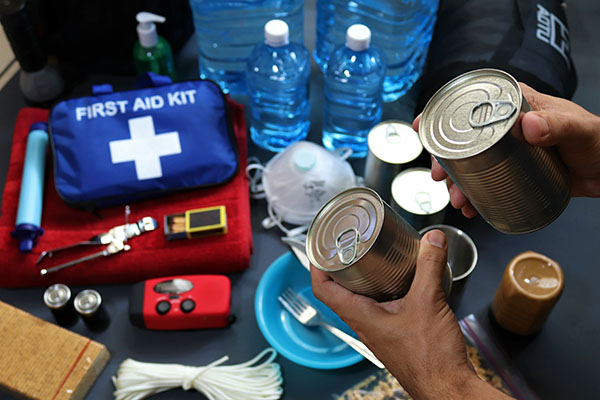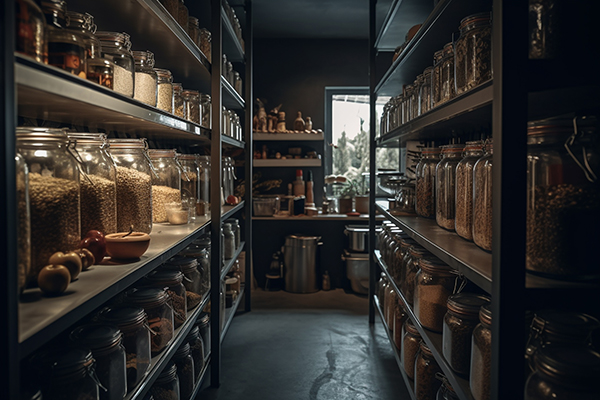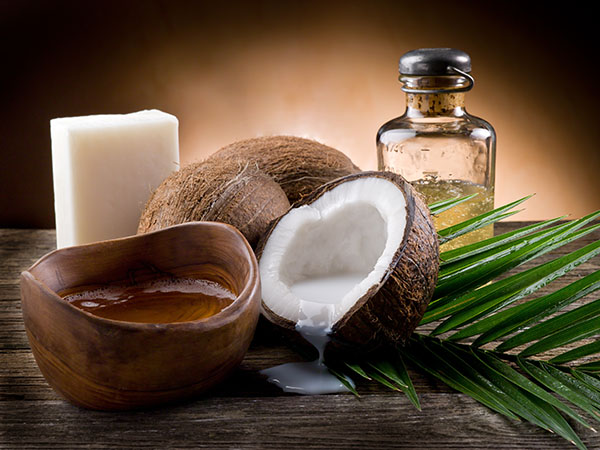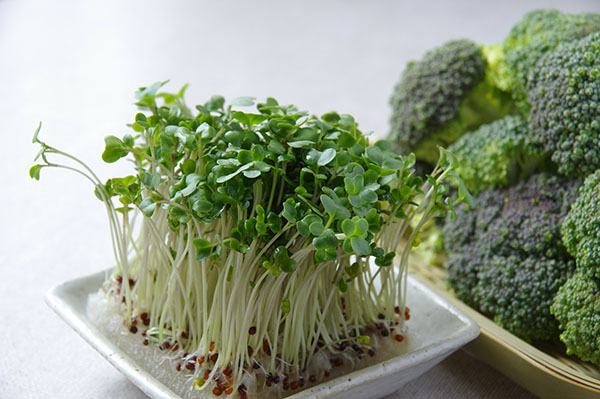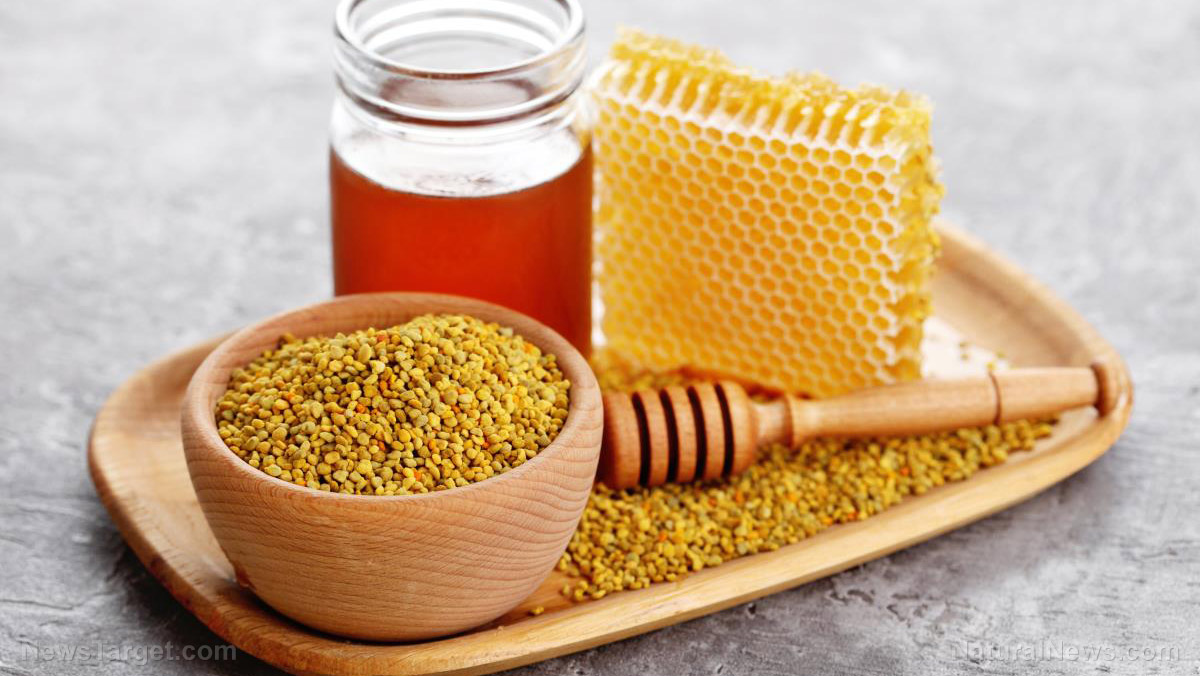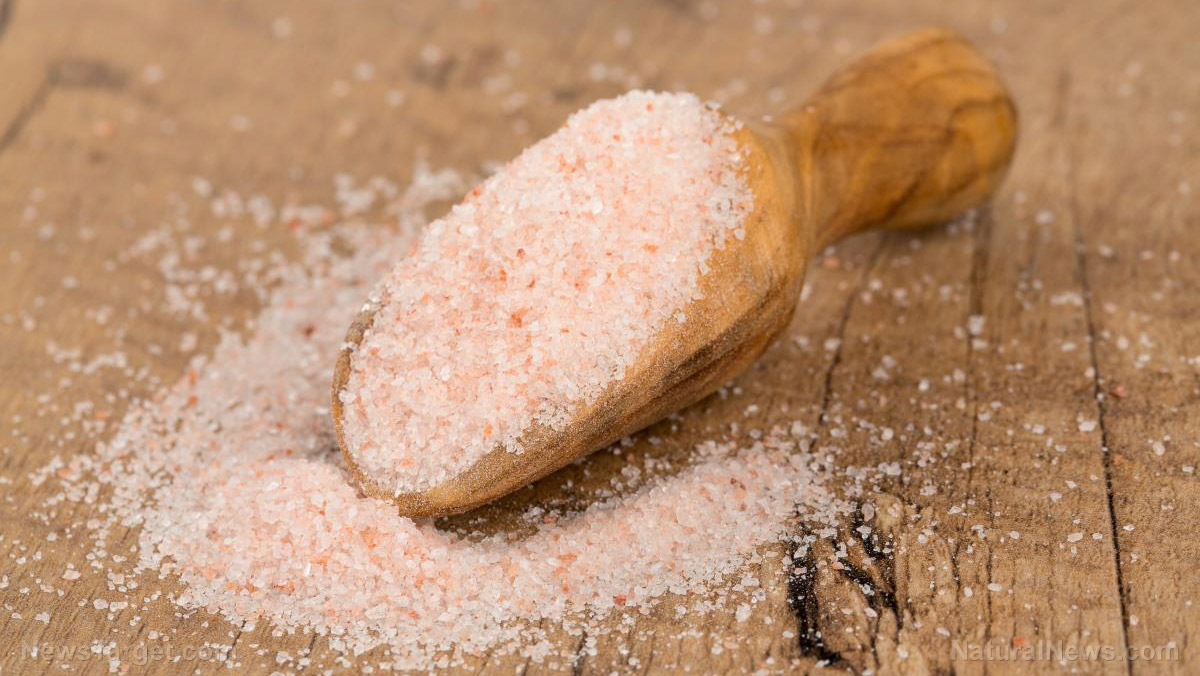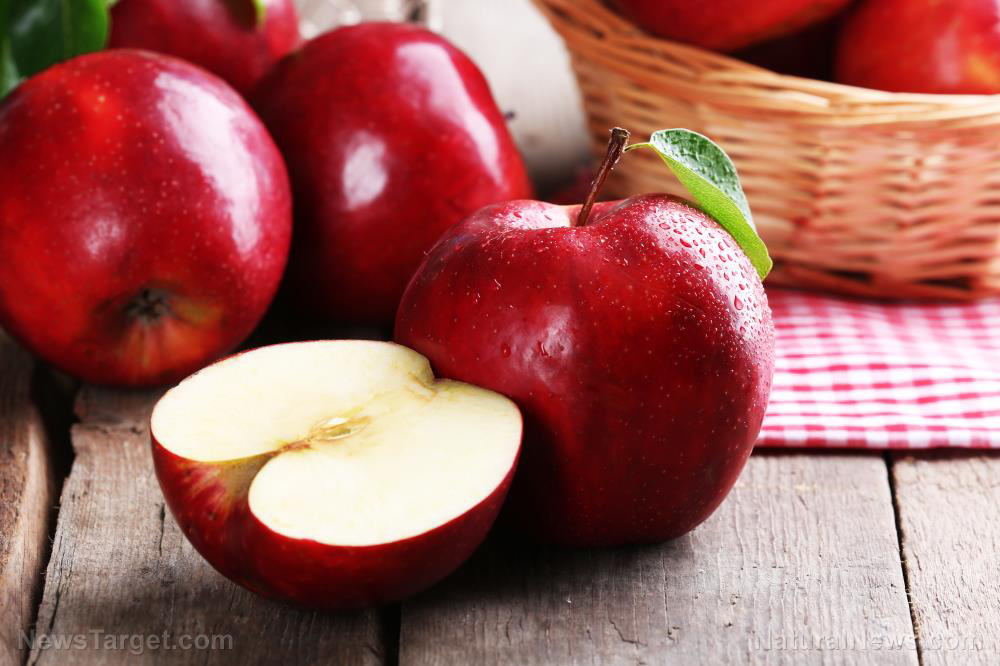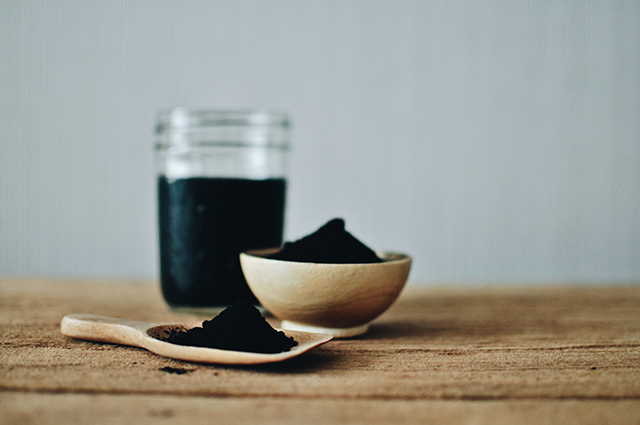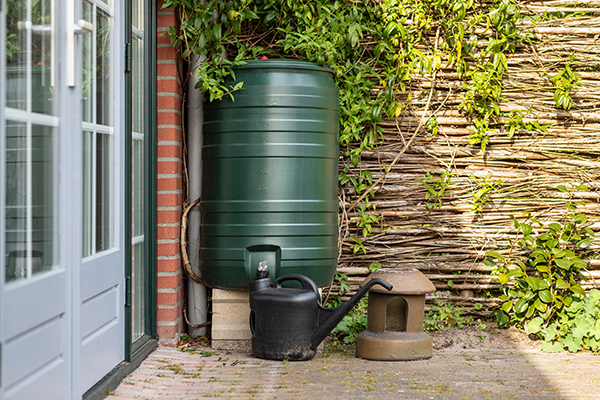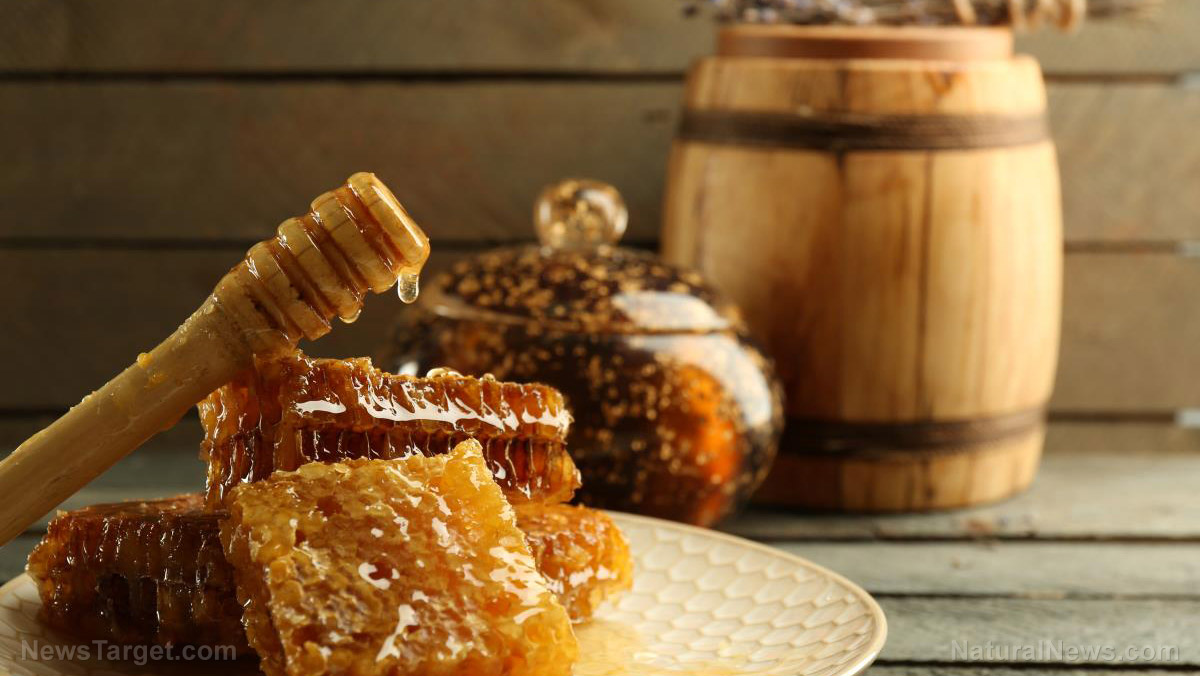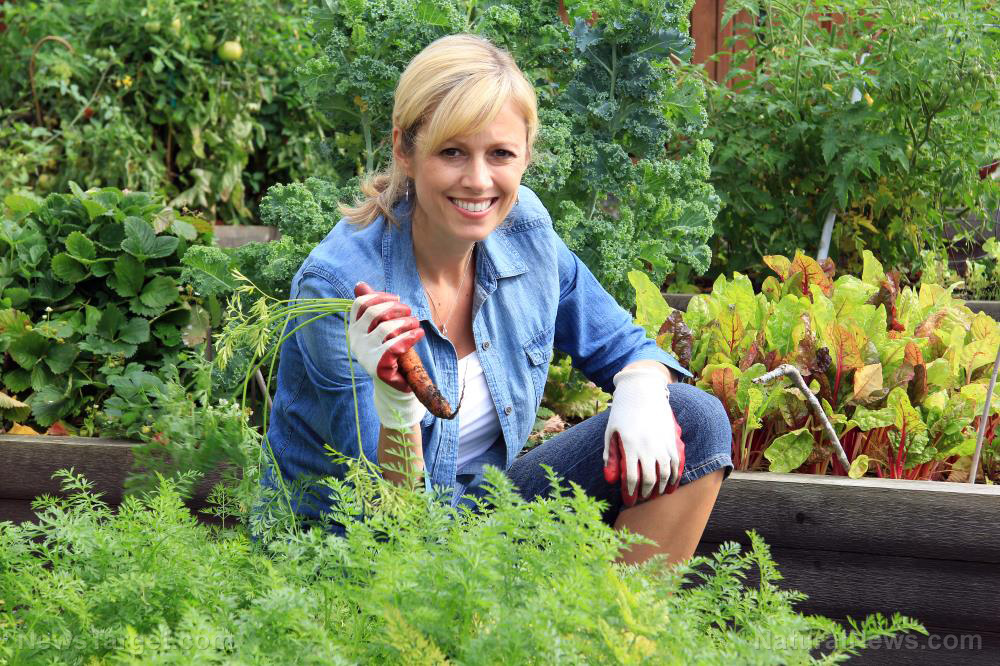Food storage: How to keep fruits and vegetables fresh without a refrigerator
06/17/2024 / By Olivia Cook
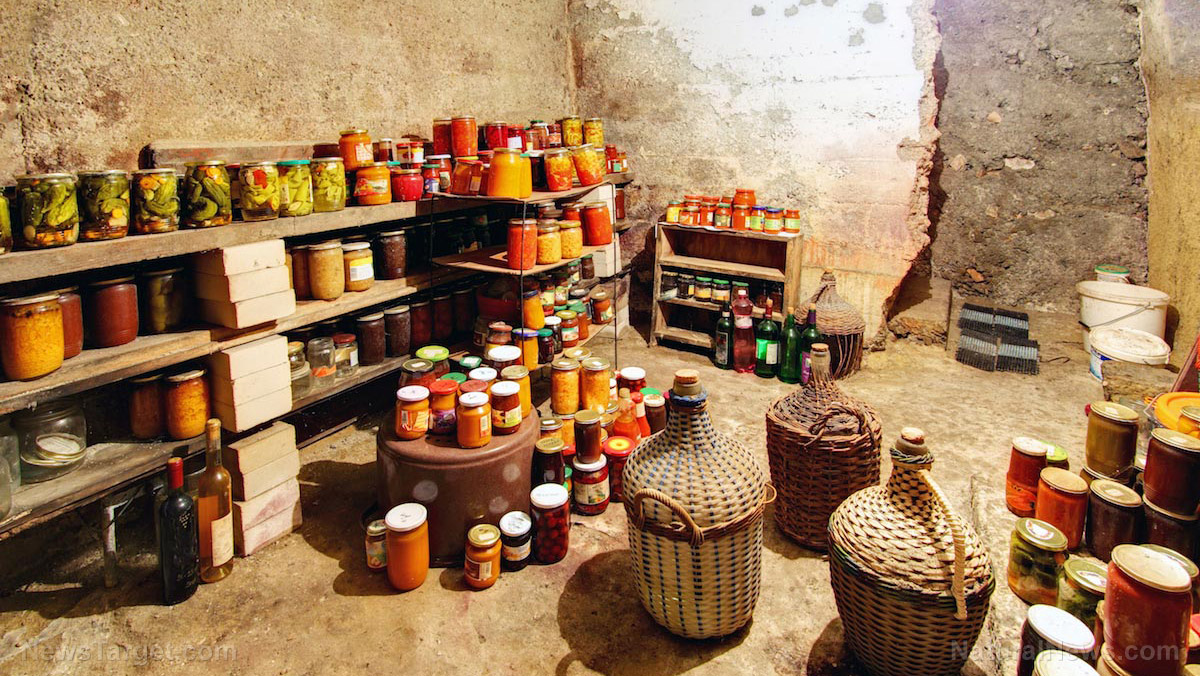
A brief examination of history reveals numerous lessons on how the early humans kept fruits and vegetables fresh well before the advent of electricity and refrigeration technology. What’s compelling about these traditional techniques is their simplicity and adaptability across different environments.
Traditional methods of refrigeration
These age-old techniques are not only sustainable, they also foster a deeper understanding of natural preservation methods that can be adapted today.
Zeer pot
Originally from ancient Egypt and still used in parts of Africa today, the Zeer pot, a simple evaporative cooler made from terra cotta pots, offers a viable means of refrigeration in arid regions. Enhancing this method could involve experimenting with different sizes and materials or even integrating ceramic beads to improve cooling efficiency. Learn how to make a Zeer pot (also referred to as the “pot-in-pot refrigerator”) from Megan Stewart.
Root cellars
Root cellars use the earth’s natural cool temperature to store perishable goods. Today, one can construct a root cellar in a basement, under a porch or by embedding containers like barrels in the ground. (Related: Upcycling for preppers: How to turn a broken freezer into a mini root cellar.)
A detailed guide on constructing these using local materials could be immensely beneficial. These elements are key to creating an efficient root cellar that preserves the quality and longevity of stored produce.
- Frost depth: Before constructing an underground root cellar, determine the frost line in your area. This information can be obtained from your local building department. It’s essential to build below this level to prevent the ground above the cellar from freezing.
- Ventilation: Proper ventilation is crucial to prevent the buildup of ethylene gas, which certain fruits and vegetables emit. This gas can lead to sprouting, decay and other issues with stored produce. Ensure your cellar allows fresh air in and stale air out to enable good air circulation around the stored food. Be aware of which items produce ethylene and which are susceptible to damage and store them separately.
- Earth sheltering: Use the natural insulation of soil to help maintain a cooler environment in your cellar. Opt for a packed earth floor or use gravel and sand rather than concrete, as these materials help maintain necessary moisture levels.
- Temperature and humidity: Maintain a temperature range of 32-42 degrees F and a humidity level of 85 to 95 percent to prevent produce from freezing in the winter and keep it cool in the summer. These conditions also prevent your produce from drying out. The surrounding soil will naturally help regulate humidity, but you can also refer to storage charts for specific humidity requirements for various fruits and vegetables.
- Lighting: Minimize light exposure in the cellar as it can trigger sprouting and cause potatoes to turn green. If using a window for ventilation, ensure it is covered to block out light. Use lighting for visibility only when necessary, and always turn it off when not in use.
- Shelving and storage bins: Choose wooden shelving and bins for their natural antibacterial properties and slower heat conductivity compared to metal or plastic, which also avoids issues like rusting. Select untreated, naturally rot-resistant wood varieties for safety and durability.
Preservation pits
Similar to root cellars, preservation pits are small, dug-out spaces in the ground used for storing produce, especially in tropical regions. These pits, often lined with straw and covered with soil, offer a microenvironment that maintains cool temperatures and high humidity.
Here are some additional techniques:
Natural preservatives
Using natural preservatives such as salt, sugar, vinegar or honey can significantly extend the shelf life of produce. Techniques like pickling vegetables or creating fruit preserves are not only effective but also enhance the flavors, offering additional food preparation options.
Dry storage
Drying is a method that significantly reduces the moisture content of fresh produce, thus slowing down food spoilage. Methods vary from simple sun drying to using sophisticated dehydrators.
Cold frames and greenhouses
In colder climates, unheated greenhouses or cold frames can provide a buffer against harsh weather – extending the growing season and the freshness of produce like herbs and greens.
This advanced technique involves altering the storage atmosphere to reduce oxygen and increase carbon dioxide levels. This method, which slows down respiration rates and delays ripening, could be explored for community-level grain storage facilities or in-home setups.
Visit FoodStorage.news for more tips on how to store vegetables and other foods in your survival stockpile.
Learn how to keep vegetables fresh without a fridge by watching the following video.
This video is from the Daily Videos channel on Brighteon.com.
More related stories:
Food storage tips: How to store vegetables if you don’t have a root cellar.
Storing food without a refrigerator: Different kinds of root cellars.
Fruits and vegetables to store in your root cellar.
Sources include:
Submit a correction >>
Tagged Under:
cold frames, dry storage, emergency food, evaporative cooling, food freedom, Food storage, food supply, green living, homesteading, off grid, pot-in-pot refrigerator, preparedness, prepper, prepping, preservation pits, root cellars, SHTF, survival, tips, Zeer pot
This article may contain statements that reflect the opinion of the author
Get independent news alerts on natural cures, food lab tests, cannabis medicine, science, robotics, drones, privacy and more from NewsTarget.com
Get independent news alerts on natural cures, food lab tests, cannabis medicine, science, robotics, drones, privacy and more from NewsTarget.com
RECENT NEWS & ARTICLES
COPYRIGHT © 2017 · SURVIVAL NEWS

